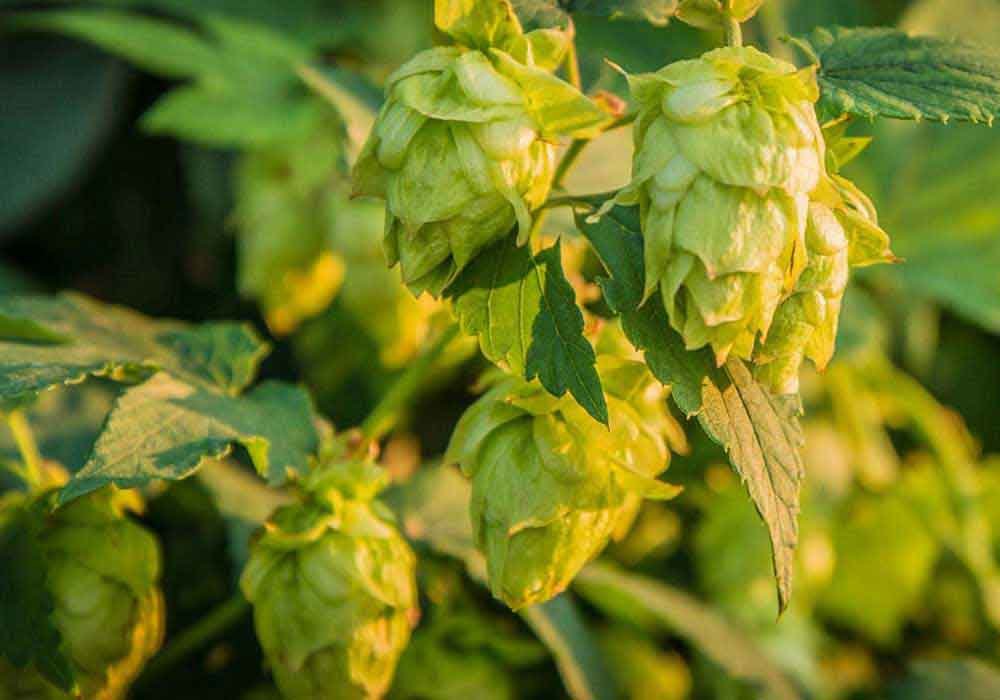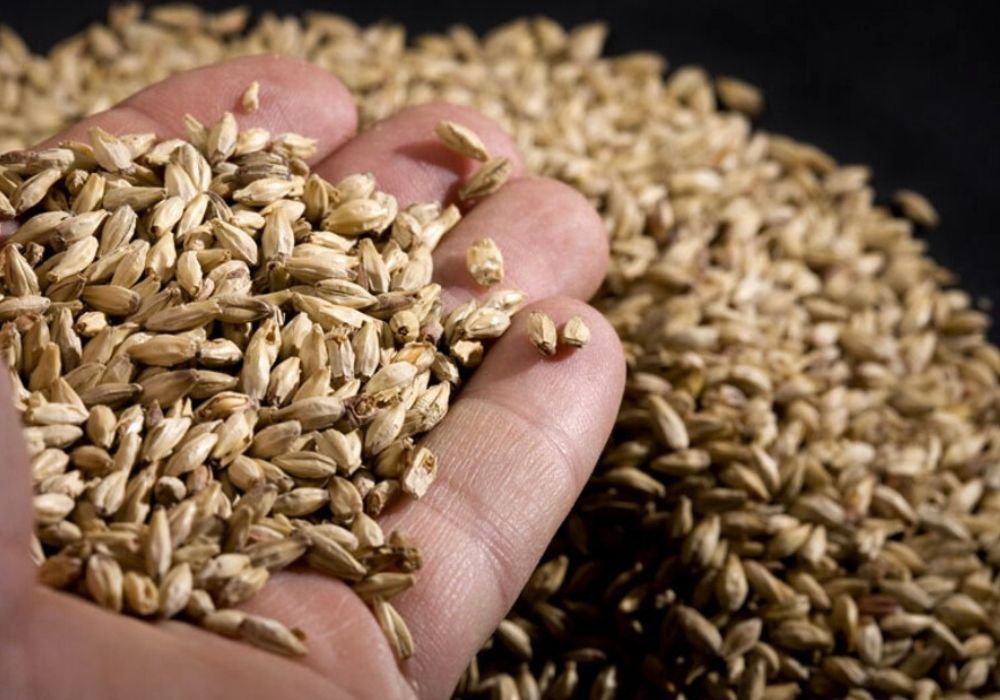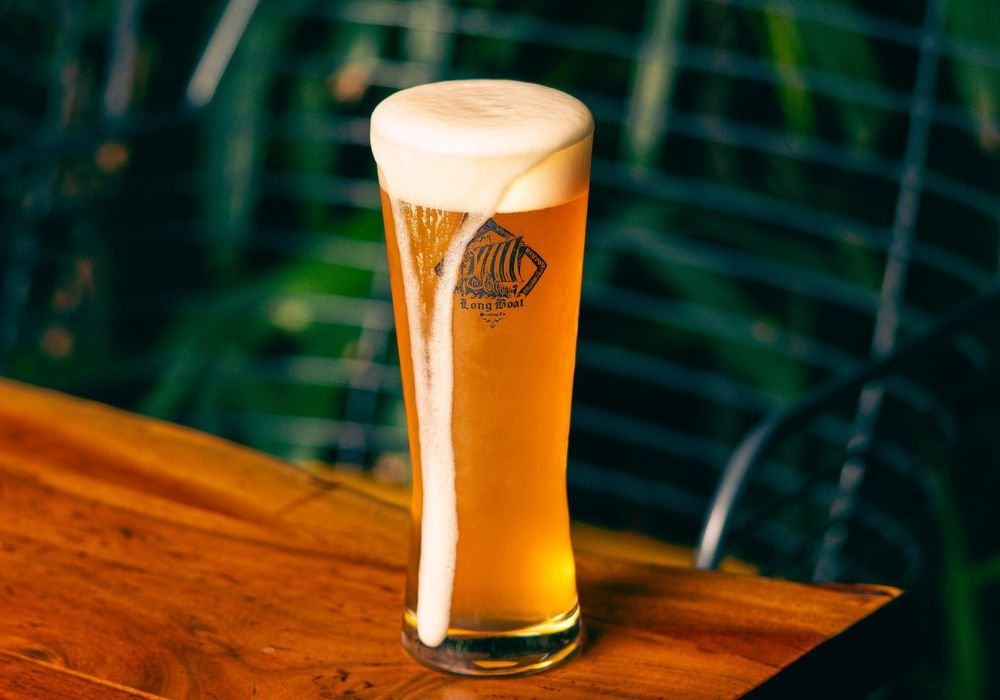Flavour Profiling of Hops from Around the World: A Quick Primer

For centuries, humans have nurtured and enjoyed a very close relationship with plants and greens. Sometimes we turn to them for their medicinal properties. There are many that are planted in homes and gardens for decoration. The rest are tossed into smoothies and salads for flavour, nutrition and of course – to help mollify the guilt of eating that double cheese pizza.
But there’s one leafy green – the humble hop, which was destined for a greater purpose: beer.
Many brewers, especially those specializing in IPAs, proudly list out which hops they use on their labels. An interesting fact: New England IPAs are more expensive than other styles of beer, partially because of the sheer quantity of hops it takes to give the style its signature juicy haze.
While perfectly edible and pretty enough to adorn your backyard, hops have become cult ingredients when it comes to beer brewing. First off, they help maintain your beer’s foamy head. Second, they lend the brew antibacterial powers that help keep spoilage at bay. But most importantly, they impart a necessary bitterness that helps balance out the excess malty sweetness, while furnishing the final output with that signature refreshing flavour and pungent aroma that beer is so well known for.
However, not all hops are equal. The amount of bitterness and the types of aromas that hops impart to beer depend on a number of factors such as the variety of hops used, the place where they’re grown and the conditions they were grown under.
In his book titled For the Love of Hops, Stan Hieronymus lists out 105 different hop varieties, each with unique flavour characteristics for brewing beer. It is important to remember however, that new hop varieties are being bred all the time, especially after the increasingly rising demand for craft beer. Moreover, the same hop varieties grown in different regions impart different flavour characteristics!
Here’s a chart that displays the flavour and aroma profiles for some of the most popular hop varieties known to brew masters.

Hops have a tendency to make you believe that other compounds have been added to your brew, even when they aren’t. That is why learning to identify hop flavours and aromas can make your beer-drinking experience so much more magical. For instance, when you taste a really juicy brew, you’d think it contains fruit juice, right? Wrong!
The “juicy” effect is attained by selecting the right hop variety from the right place (usually ones with high oil content, flavour and tropical or citrus characteristics), late boil or whirlpool additions, and dry-hopping (the technique of adding hops to beer in the fermenting, conditioning, or serving vessel, so as to intensify hop aromatics and add an aroma that is different from the hops added in the late boil stage)
The next time you find a hop variety chart for a beer you’re drinking, challenge yourself to try and identify some of the aromas and flavours. It’s okay if you can’t pick up on some of the characteristics right away. Remember, scent and taste are very subjective and everyone experiences them differently. That’s what makes the exercise all the more fun after all, isn’t it?
Sources:
The Flavours & Aromas in Craft Beer’s Popular Hops, VinePair



